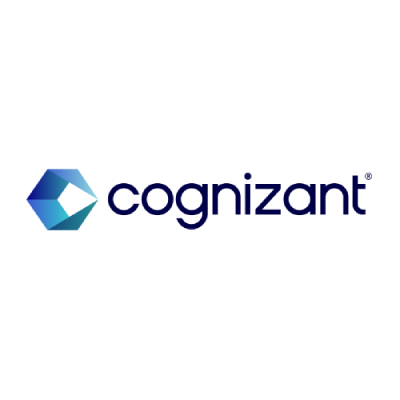Envisioning the value movement network
Payment card networks started as Mono-rail networks going back decades, facilitating money movement, and laying the foundation for faster and convenient physical commerce without customers needing to carry cash or checks. While the foundation was laid with credit cards, the 1970s saw the growth of debit cards and thus ATM networks.
2010-20 was a watershed decade for payment card networks when Digital wallets like Apple Pay, and Google Pay paved the way for a surge in mobile payments. The card tokenization boomed with networks bringing in more capabilities like the card on file and one-click payments. The fintech wave coupled with the onset of Open Banking and technology modernization, around APIs, and big data processing meant more collaboration between banks, network, and fintechs.
From mono to multi-rail networks
The decade also saw many domestic payment card networks coming to the forefront along with the boom in A2A (Account to Account) real-time payment networks, especially in APAC. This led to transition from Monorail to Multi-rail networks supporting multiple payment instruments and methods.
The COVID pandemic provided the needed push on the Acceptance of In-person Digital payments and recent innovations like SoftPOS / Tap on phone and QR payments are giving merchants the ability to convert Android and iOS smartphones into payment acceptance devices.
Over the last couple of years, we have yet again seen a tectonic shift with alternative digital currencies like - crypto, and stable coins coming up, thus adding new payment capabilities to an already strong multi-rail network.
Shift to value movement
The past has shown us that it is the need for faster, more convenient, cheaper, and more secure commerce that has really shaped the evolution of payment networks and we will continue to see this in the future with what we call the third phase in the evolution of the payment networks, the inception of a “value movement network", as fiat currencies may not be the only means for value exchange. The definition of value will expand from traditional fiat to digital currency (e.g., CBDCs, Crypto), non-monetary (e.g., carbon credits, NFT) to non-tangible value (e.g., time, influence). All these forms of value will continue to co-exist in the foreseeable future.
New value exchange mechanisms like the digital barter model would emerge over and above the current monetary model. This would lead to formation of groups that will allow like-minded (e.g., modern art community) participants to engage, collaborate, and trade.
The payment networks have a great opportunity to partake in this evolution and be the front-runners to realize the value ecosystem. The goal for the network should be to eventually become like an invisible transmission medium for all exchange of value - between individuals, businesses, and governments, and facilitate the creation of GFN (group forming networks) that enables inter/intra group economic activity.
To design such a value network, several aspects will have to be considered. Starting with the need to have a conducive regulatory environment that supports the formation and growth of these newer forms of value that will drive cross-sector collaboration. Operating policies, disputes, and FinCrime frameworks will need to be enhanced to support the new network business model.















